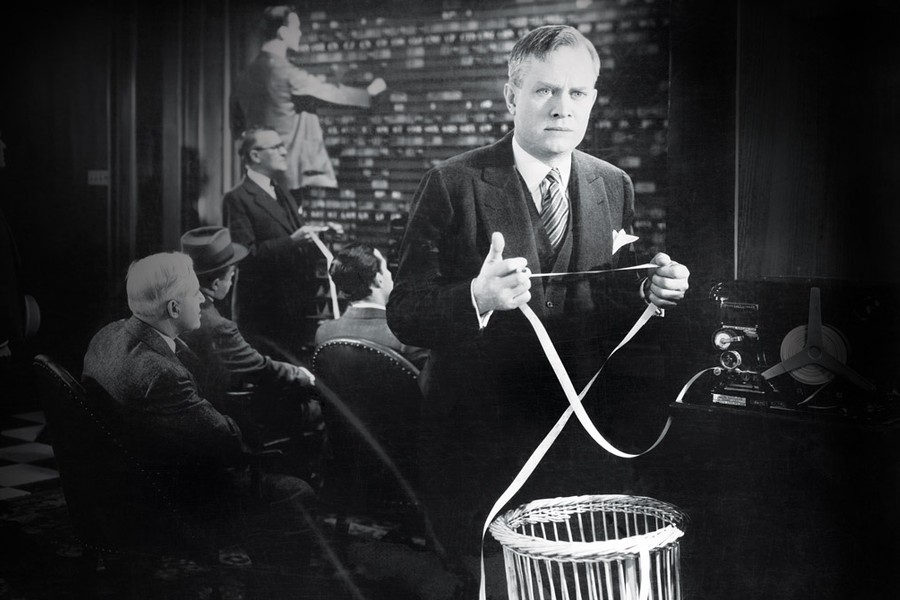Frankly, we Blue Buttons were little more than messenger boys for the authorised clerks – or dealers – and Stock Exchange members on the floor of the exchange. We checked prices, kept an eye open for important news and conveyed messages to and from our elders and betters. And we watched out for any interest rate changes announced by the Bank of England each Thursday, running back to our offices with the news.
Today, of course, interest rate announcements are made monthly and modern communications means that the result of any decision is conveyed instantly all around the world. With interest rates at historically low levels – and no changes having been made for several years – this particular task has become about as interesting as watching paint dry. Not so in the United States, though, where investment and business managers alike have been eagerly awaiting the first uptick in rates from the 0.25% low on which they have been stuck since shortly after the financial crisis.
So far this year they have been disappointed – or perhaps that should be comforted as concern does exist as to what the effects of an interest rate rise might have on the economy and markets. And this appears to be the conundrum facing the Federal Reserve Bank Governor, Janet Yellen. Aside from historic concerns over how to go about the business of monetary tightening (following the Great Depression, a second economic dip occurred in the 1930s, blamed on premature rate increases), the state of the global economy has caused the Fed to stay its hand.
Many expected the first increase in interest rates to take place in September – a move that had already been delayed for several months. In the event it appears that the slowdown in China had contributed to the decision not to hike rates. The minutes of the meetings that take place when these decisions are considered are now widely published, so this is not mere speculation. Indeed, the unexpected devaluation of the Chinese currency and confirmation that economic growth had slowed dramatically caught a number of operators by surprise and led to volatile market conditions.
The balance of opinion has swung to a rate increase being more likely before the end of the year, though. Not that this is a given. China’s sharp drop in expenditure on developing its manufacturing industry and infrastructure has resulted in a number of commodities falling in price – most notably oil and steel. This in turn has hit many emerging nations, dependent on exporting raw materials for economic prosperity, particularly hard, adding to the downward pressure on global growth.
Cheaper commodity prices are not all bad news, of course. This is one reason for inflation being so subdued, leading to wage growth outpacing core cost of living increases on both sides of the Atlantic. In turn this can help the economy as consumers are likely to have more discretionary spending power at their disposal. But there is a fear that China could export deflation to the rest of the world, with all the unfortunate consequences this could have for economic growth.
Today, of course, interest rate announcements are made monthly and modern communications means that the result of any decision is conveyed instantly all around the world.
So it seems that investors need to be watching the action taken by the Open Markets Committee of the Federal Reserve Bank very closely, while keeping a beady eye on what is going on in the world’s second largest economy. Perhaps by now Janet Yellen will have announced a rate increase. If she doesn’t, then it will be because the outlook for China and the emerging world remains obscure. All the signs in America suggest employment continues to grow and the economy is doing OK, even if the oil industry and other commodity suppliers are having a tough time.
There are those who consider the time for rate rises has passed and that the Fed has missed its opportunity. While dearer money could cause problems in some areas, a return to more normal monetary conditions is likely to be welcomed overall. And rate rises could have implications for bond markets which are still buoyed by the risk-off approach of many investors. There is a great deal riding on the approach of the Fed.


